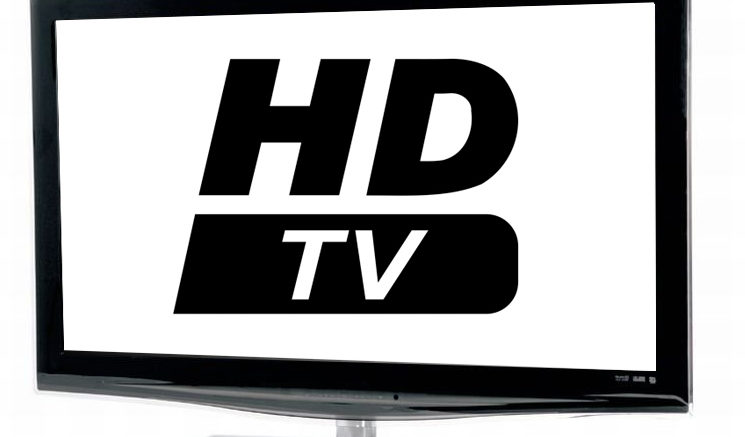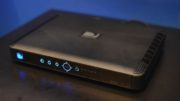What if there was a way to send a completely clean, uncompressed audio and video signal over a simple RG6 cable? What if this signal could be 4K resolution with 16 channels of digital audio? The technology has been around for years and it’s called HD-SDI. It’s used all over the broadcast world, and yet the chances are you’ve never heard of it.
First the bad news…
You won’t see any equipment in your home that uses HD-SDI, even though it’s cheaper than HDMI, works more reliably, and is easier to wire over long distances. Every TV manufacturer, every Blu-ray disc maker, every streaming box maker have all agreed not to use HD-SDI in their consumer equipment. It’s part of the agreement that they sign with content providers like movie studios. Why? Because HD-SDI would let you make perfect, and I mean PERFECT, digital copies any time you want. Studios are terrified of this and so they’ll do anything to stop it.
If that sounds illegal or at least a little skeevy, yeah, you’re right maybe it ought to be illegal. But about 20 years ago when digital media started exploding onto the scene, a bunch of movie and music moguls help craft a law called the Digital Millennium Copyright Act. It said that when it came to digital content, copyright holders were allowed to use special tools to make sure you respected their property. the DMCA made it 100% legal to copy-protect something, 100% legal for the copyright holder to require copy protection, and 100% illegal for you to crack it.
That basically meant that HD-SDI was dead in the water as far as consumers were concerned. Broadcasters are allowed to use it on the content they create and on the content they license (as long as they don’t distribute that content without paying) but even they are starting to move to so-called “clean HDMI” which makes it easier for broadcast equipment to interface with consumer equipment.
…and now, the “good” news.
HD-SDI seems like a videophile’s dream because it’s completely uncompressed and therefore you’re getting the best possible picture and sound. It’s like comparing a pristine vinyl record with an MP3… something gets lost when you stuff a song down into a tiny little file. But of course you have to have good source material first.
There’s “good” news for videophiles. All signals — all of them, no matter where they come from — are already compressed when they get to your home. That means you’re not gaining any quality by distributing them over HD-SDI in your home. The camera itself has already caused some level of damage to the signal. Yes, it might be easier to get long distances from the cable, but that’s about the only benefit left to you. You can’t even get truly pristine video if you capture it yourself. Your phone compresses the file during the recording process. You could actually get super-clean uncompressed video if you used broadcast-quality equipment in your home. That’s way too expensive for most folks.
Can a regular consumer even buy HD-SDI equipment?
Drool if you must over the possibility of a garden-variety coax cable carrying super-clean video. The real truth is that unless you’re a broadcaster, you’ve probably never even seen super-clean video. You’re not ever likely to, either. You can find a decent selection of SDI distribution equipment at Solid Signal, but you’ll need a device that outputs HD-SDI in the first place. They’re practically impossible for consumers to get. The converters for HDMI are expensive, and may not work with content-protected video. That makes them fairly useless for anything you might want.
Can you use a modulator?
Yes, there are HD modulators, and they operate much like the old RF modulators. They cost a lot compared to the older style. In fact they often cost 10 – 50 times more than a standard definition consumer RF modulator. Not only that, they generally do not work with content-protected video so for most purposes they’re just a non-starter.
So, unfortunately the dream remains just that, a dream. The inexpensive equipment that lets you transmit HD content over coax simply doesn’t exist.





